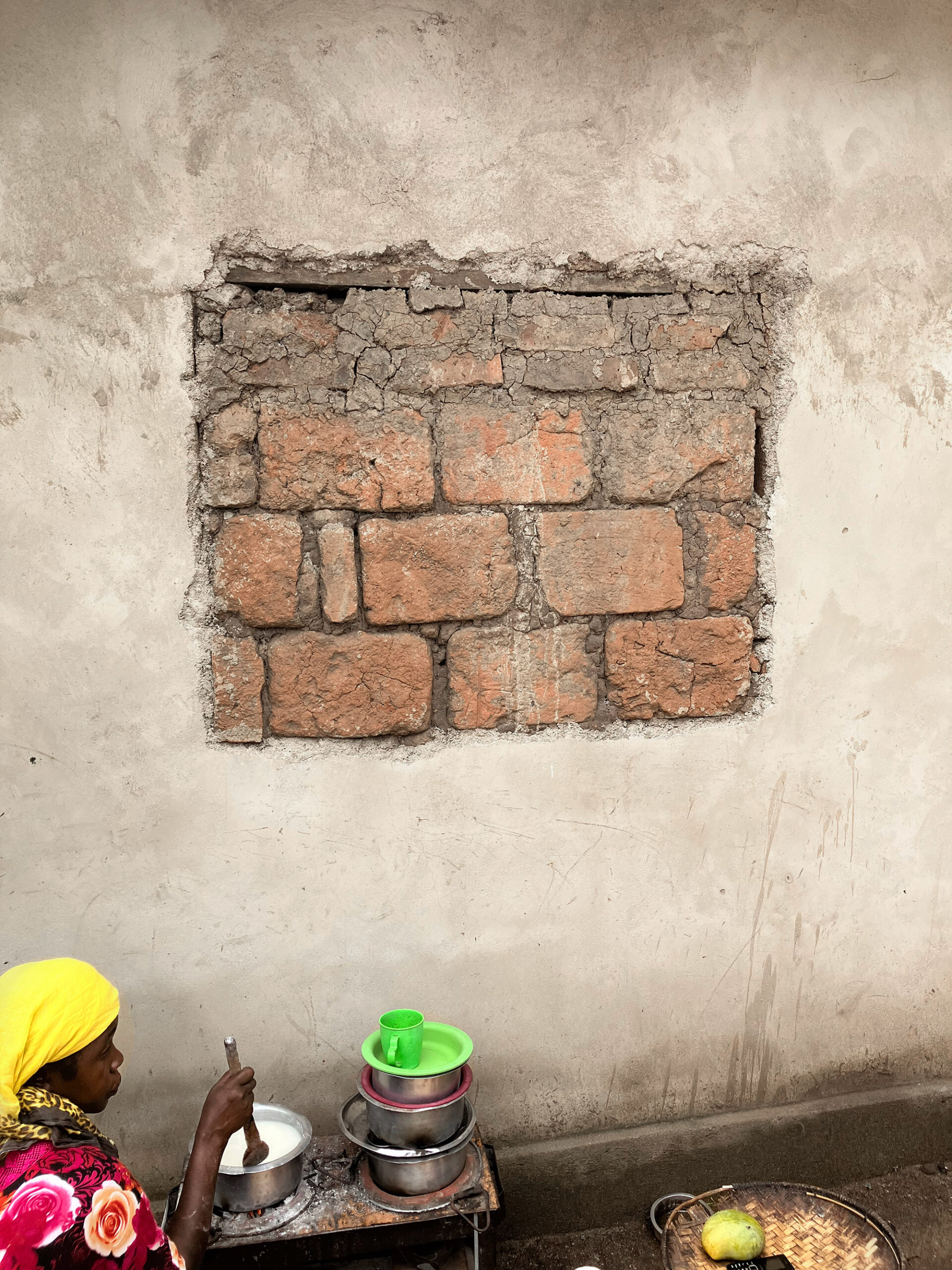
The Architecture of Vector Control
Can bricks be made to breathe?
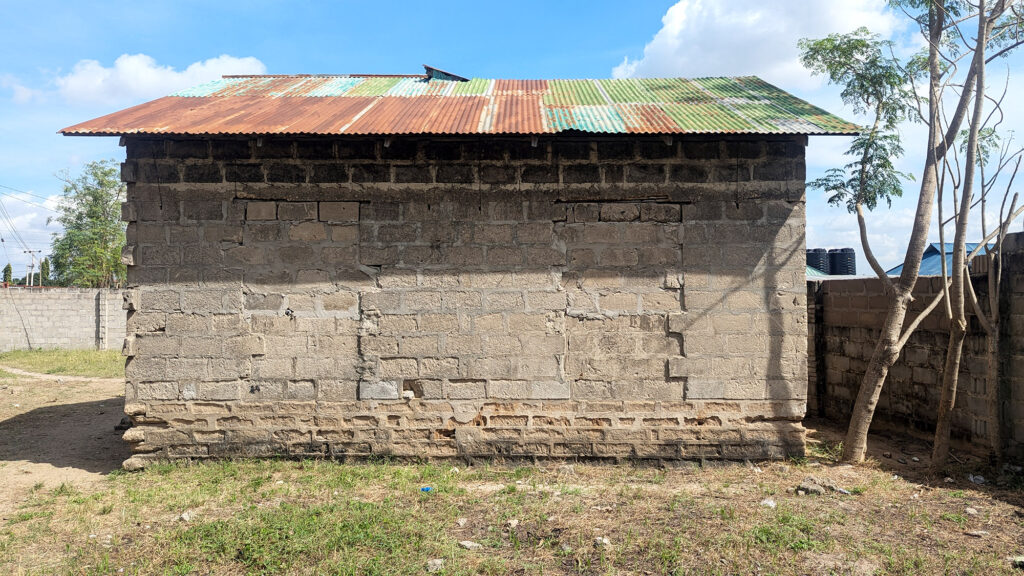
Houses in the towns and urban centers of Tanzania’s Kilombero Valley share several characteristics. While some are built from wattle and daub and others brick and plaster, most conform to the “Swahili style,” a rectangular and modular layout with several rooms branching off a central corridor. Many of these houses are also characterized by their unfinished state—missing portions of walls or roofs leave sections exposed where crops like beans, cassava, and sweet potatoes are grown.1 The windows, or rather window-like forms, are the most striking—suggestive rectangles covered up with bricks, clay, kangas (clothing fabrics), or burlap bags, awaiting the necessary funds to procure a frame, metal mesh, or glass.
While they provide homes for Kilombero Valley families, these unfinished houses pose public health problems. Sealed-up windows create dark, hot, potentially toxic interiors where contaminants and particulates can accumulate, particularly when cooking indoors. Gaps in the eaves between the walls and ceilings can provide some natural light and ventilation, but such openings introduce other risks, most notably malaria-transmitting mosquitoes—disease vectors that thrive in the valley’s vast alluvial floodplain. Mosquitoes are drawn inside by the heady perfume of carbon dioxide and human sweat. The result is a persistently perilous domestic existence, what anthropologist Mike Degani describes as a house that “entombs the living.”2

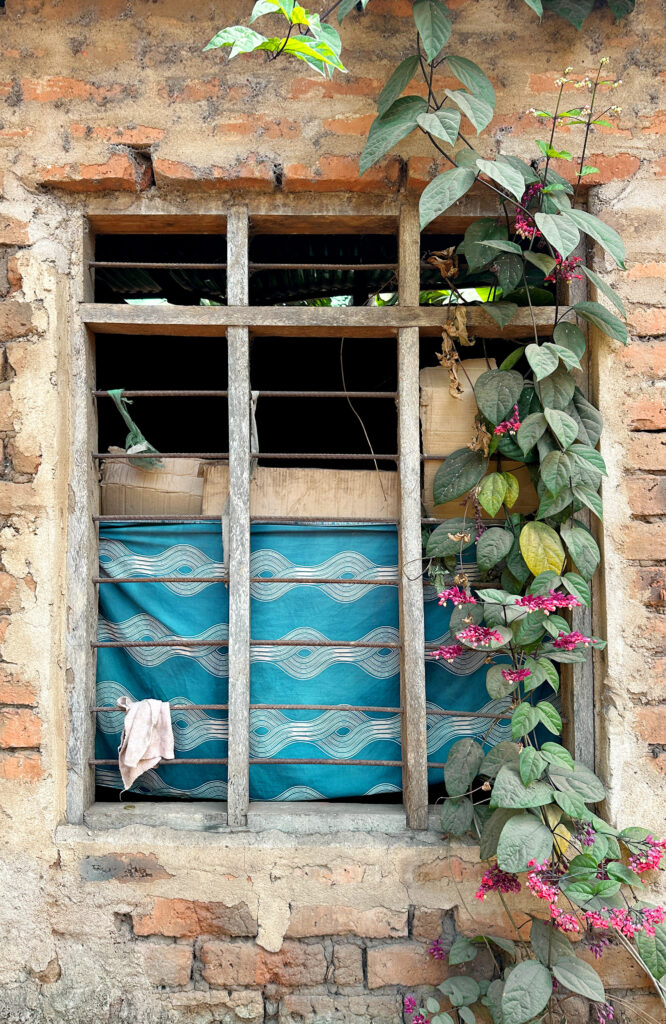

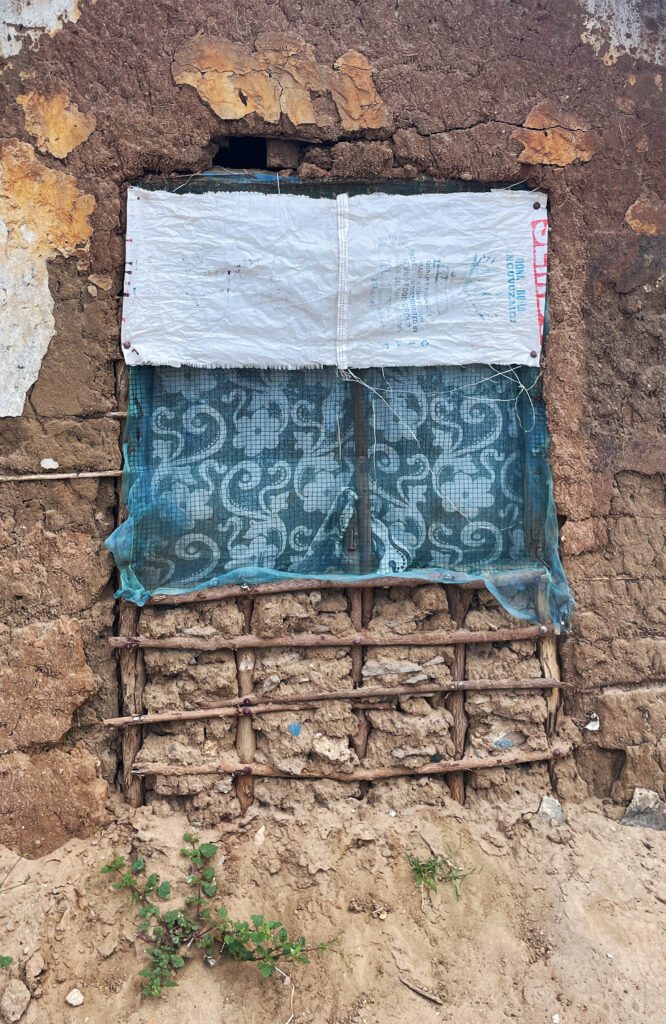
The connection between health and housing has emerged as a key area for mosquito-borne disease research and intervention. The large-scale rollout of insecticide-treated nets and indoor residual spraying of insecticides has resulted in lowering the risk of malaria. In recent years, however, the World Health Organization has reported that progress has stalled. Increasing insecticide resistance is a major driver of malaria’s resurgence. But labor is also an issue. Frontline tools like nets and spraying require consistent use, continual reapplication, and comprehensive coverage, which is difficult to sustain.
“What if the very notion of interiority were reconsidered? Could the home itself be reimagined as a more porous, more adaptive system—one that not only blocks disease vectors, but actively reshapes flows of air, light, and human activity?”
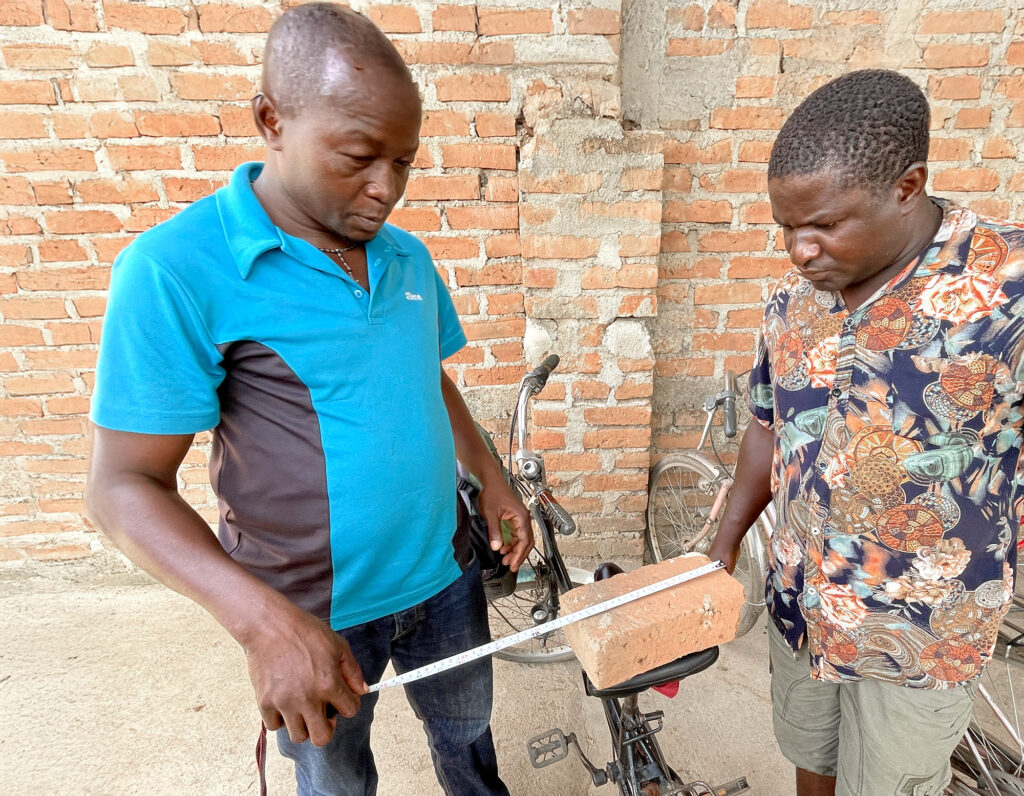
PHOTO BY THE AUTHORS
In light of these challenges, malariologists, health policymakers, and designers are working to “build the vector out” of domestic environments. The result is a series of innovations including low-cost screened doors and windows, insecticide-treated barriers for eaves, solar chimneys, and ceiling fans. While scalable and promising, these enhancements of domestic space do run up against the problem of local uptake. Techno-fixes require adjustments to the material structure of the house, as well as ongoing maintenance and investment.
These interventions largely operate within a familiar paradigm, one that presumes the home is a fixed interior to be fortified against external threats. But what if the very notion of interiority were reconsidered? Could the home itself be reimagined as a more porous, more adaptive system—one that not only blocks disease vectors, but actively reshapes flows of air, light, and human activity? While the twentieth century saw the interior sealed off and mechanized in pursuit of comfort and control, the twenty-first century demands a more dynamic approach, one that acknowledges the leaky, contingent nature of domestic space. In this context, the brick, the world’s most accessible building material, offers not just a structural solution but a conceptual shift. The brick is a tool for rethinking the very relationship between architecture and health.
In architecture, walls tend to be imagined as barriers, serving to separate and insulate. That effect of partition, however, could be reimagined as a means of filtration, allowing for buildings to breathe. “The presence of air,” architect Nerea Calvillo writes, “differentiates a building from structure or a pile of materials…. Inhabitation is having air to breathe. The air is moving architecture.”3 Subtle changes to the brick’s geometry and material properties can encourage airflow and convective heat transfer, cooling interiors and even disrupting the flight patterns of disease-carrying insects—all without recourse to mechanical force or insecticidal sprays.

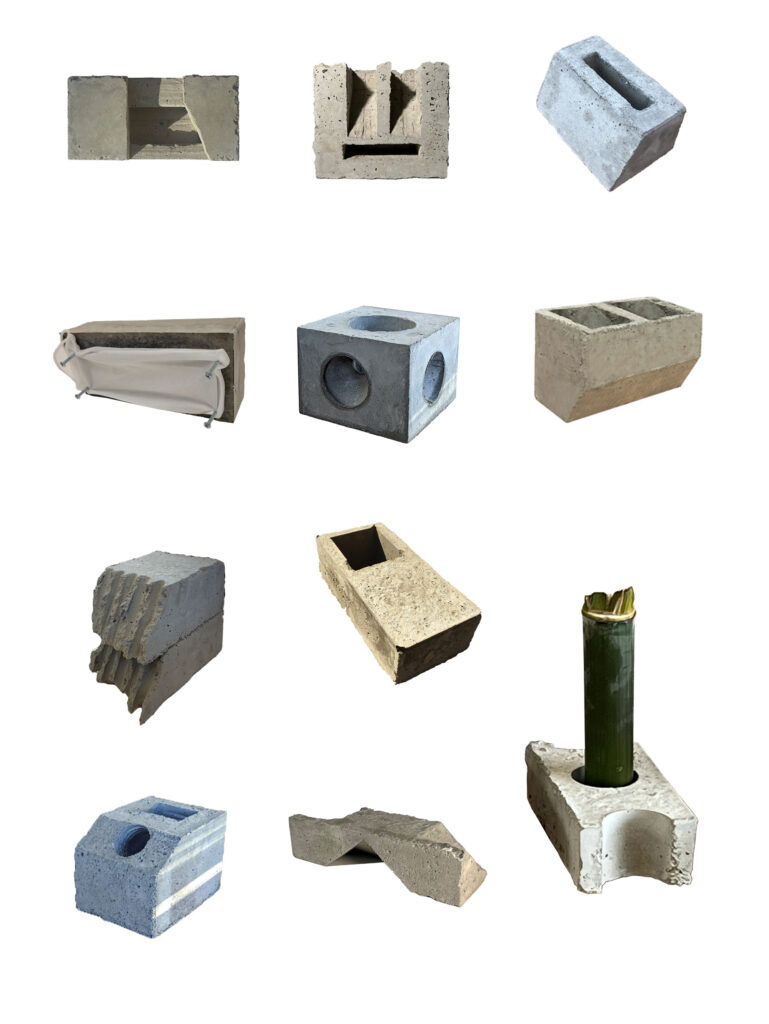
Students of Architecture at the University of North Carolina at Charlotte were tasked with creating novel prototypes, demonstrating how bricks can actively engage with air to serve multiple functions beyond their traditional role in construction. Prototypes were co-developed with Tanznaia’s Ifakara Health Institute and the University of Dar es Salaam. Though the work is preliminary, the students have produced some promising ideas, and a first set of prototypes will be tested and adapted with local masons.
The “Vortex Block,” designed by Michael Serrano, employs the principle of vortex shedding (a natural phenomenon that occurs when air flows around a surface) to create alternating swirling eddies. By designing the brick to encourage small convective pockets, air movement is amplified—cooling the surrounding space while disrupting mosquito flight patterns.
Nathan Smith’s “Venturi Block” uses the principles of the Venturi effect, by which air speeds up as it moves through a narrow channel. The block’s horizontal hollow core accelerates airflow, reducing indoor temperatures and CO2 concentrations without mechanical intervention, while also interfering with mosquito navigation.
Vamsi Krishna Kamatham’s “Porotherm Block” experiments with the brick’s porosity and thermal mass to enhance both airflow and privacy. Designed to promote natural ventilation while maintaining visual enclosure, it encourages buoyancy-driven flow, where differences in temperature and density create air movement. A recessed base allows the structure to passively regulate temperature and airflow.
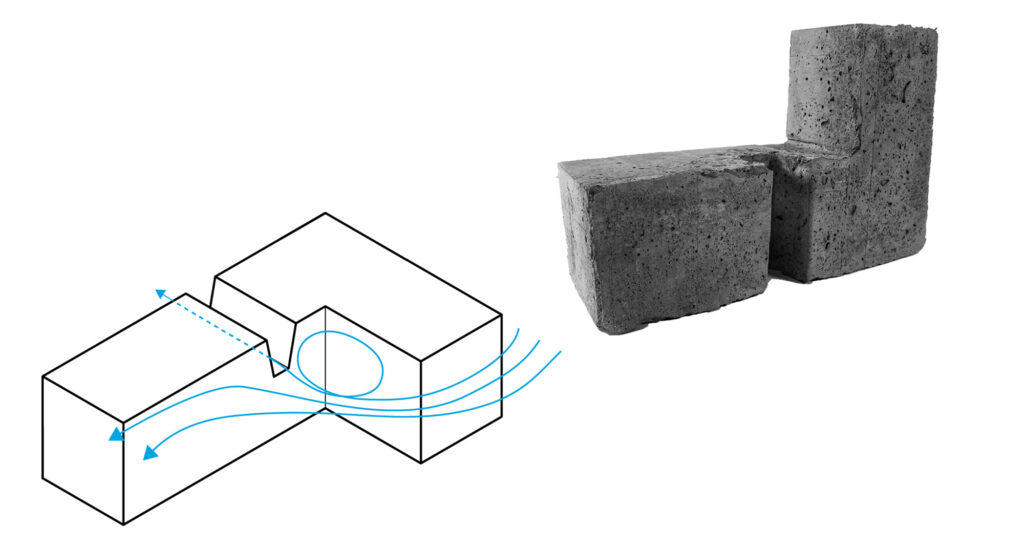
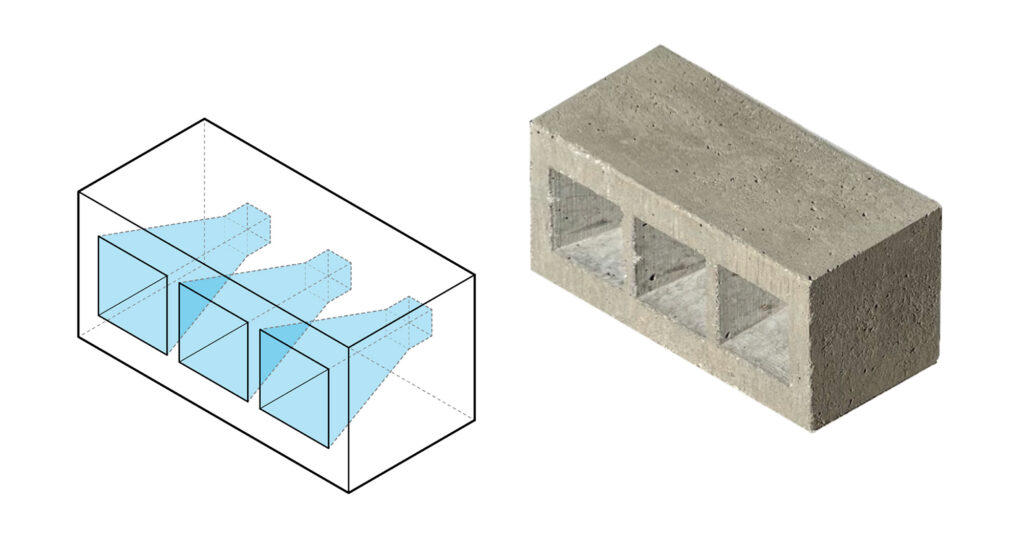
These three designs, along with several others in development, showcase how thermally resilient, safe, quality housing might be achieved through a fundamental rethinking of the materials with which we build. Rather than the “designed air” of air-conditioned buildings or insecticide-suffused interiors, “designing with air” directly engages air movement and fluid dynamics.4 Architectural elements that were once fixed, uniform, and passive can be made more vital, regulating interior temperatures, circulating air, and expelling toxicants and pathogens. As walls become more like skin, interiors become more responsive, a kind of “immune system” that enables secure exchanges between the inhabitants and the outside world.5
“The brick is a tool for rethinking the very relationship between architecture and health.”
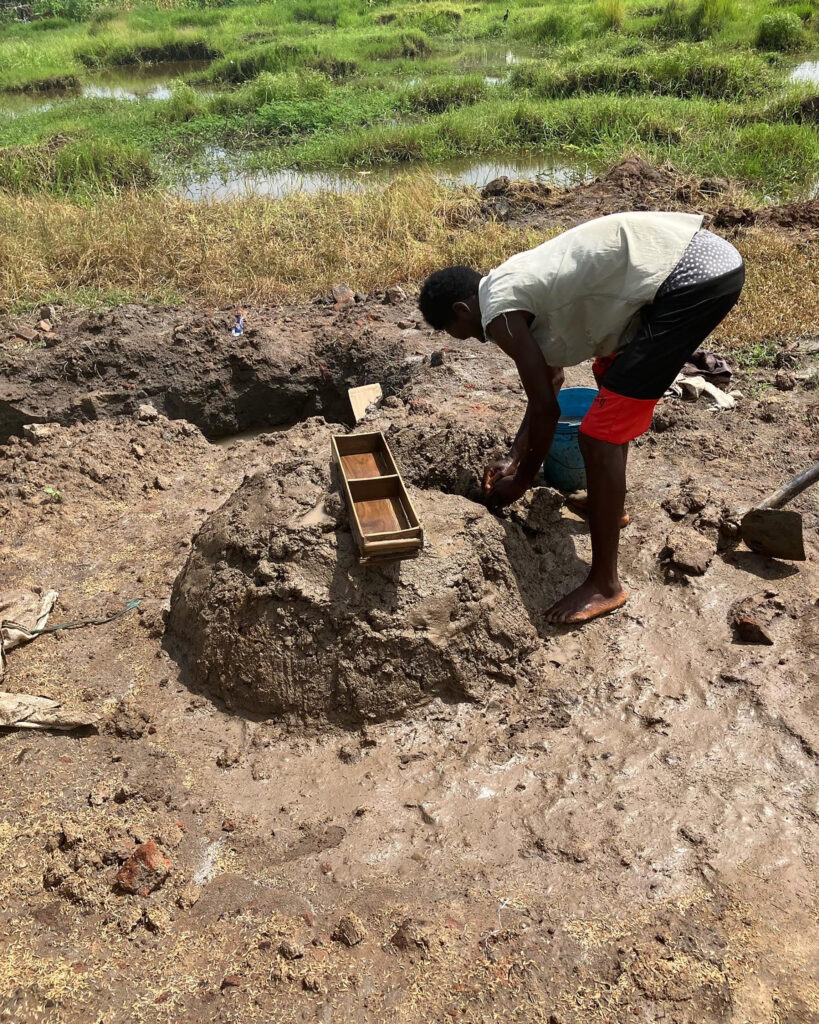
Bricks are just as modular, mobile, and scalable as bed nets and insecticide, but they are also refreshingly mundane—the literal building blocks of home. The clay and sand in bricks can be dug from the ground with handheld tools. As a global health technology, bricks could be transformative. They could not only make houses more livable in the context of endemic mosquito-borne disease; they could also shift disease control from an external, abstracted agenda to something grounded in the everyday realities and aspirations of those for whom disease vector interventions matter the most.
Home-building is how we inhabit the Earth. Rethinking the design of bricks as breathing, moving surfaces fosters a deeper connection between architecture and well-being, creating a space where global health and local living conditions might coexist, adapt, and thrive. ⦿
- Claire Mercer, The Suburban Frontier: Middle-Class Construction in Dar es Salaam (University of California Press, 2024).
↩︎ - Michael Degani, “Air in Unexpected Places: Metabolism, Design, and the Making of an ‘African’ Aircrete,” Cambridge Journal of Anthropology 38, no. 2 (2020): 125–45, https://doi.org/10.3167/cja.2020.380209.
↩︎ - Nerea Calvillo, Aeropolis: Queering Air in Toxicpolluted Worlds (Columbia University Press, 2023), 23.
↩︎ - Calvillo, Aeropolis. ↩︎
- Roberto Esposito, Immunitas: The Protection and Negation of Life, translated by Zakiya Hanafi (Polity, 2011; originally published in 2002). ↩︎